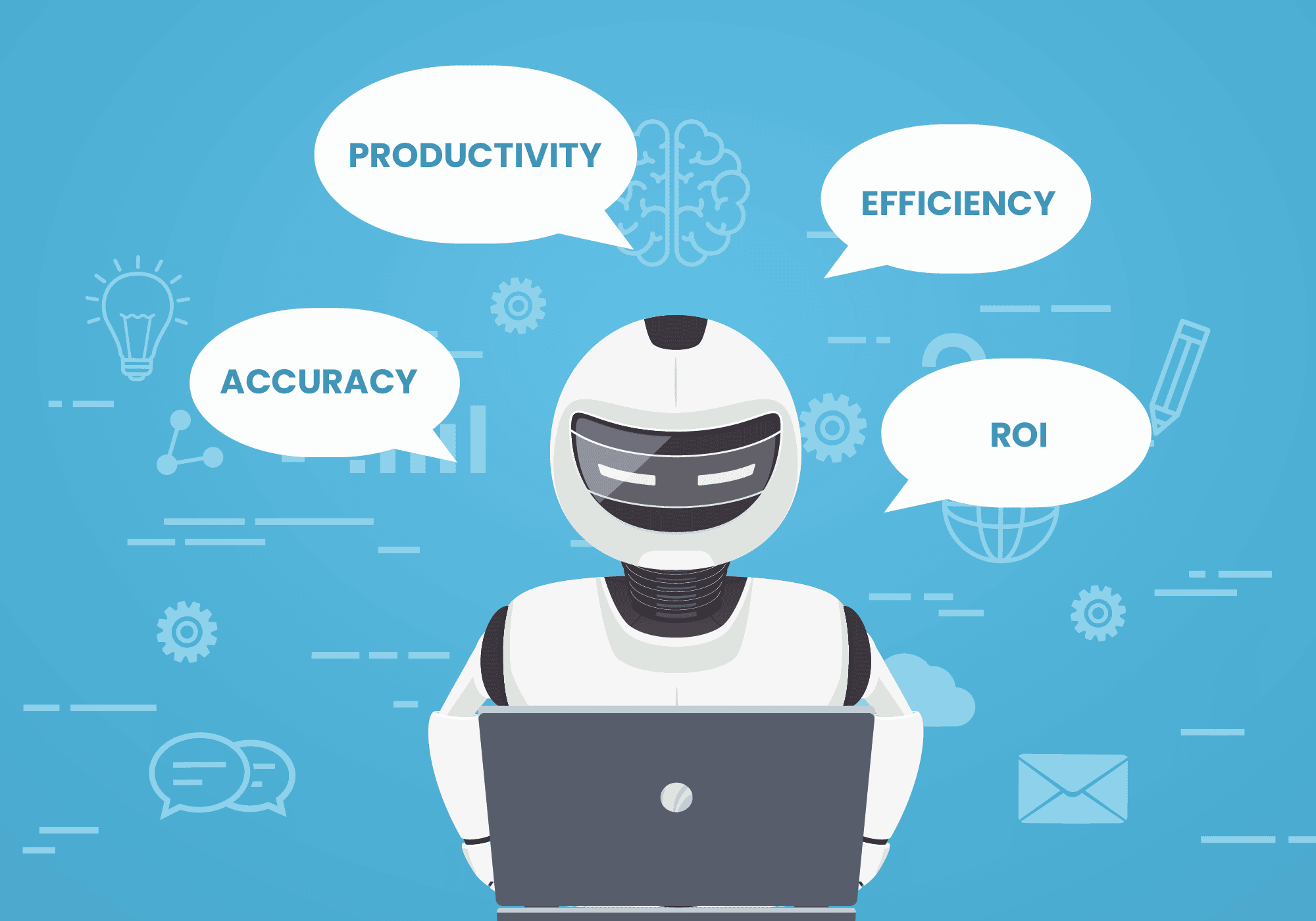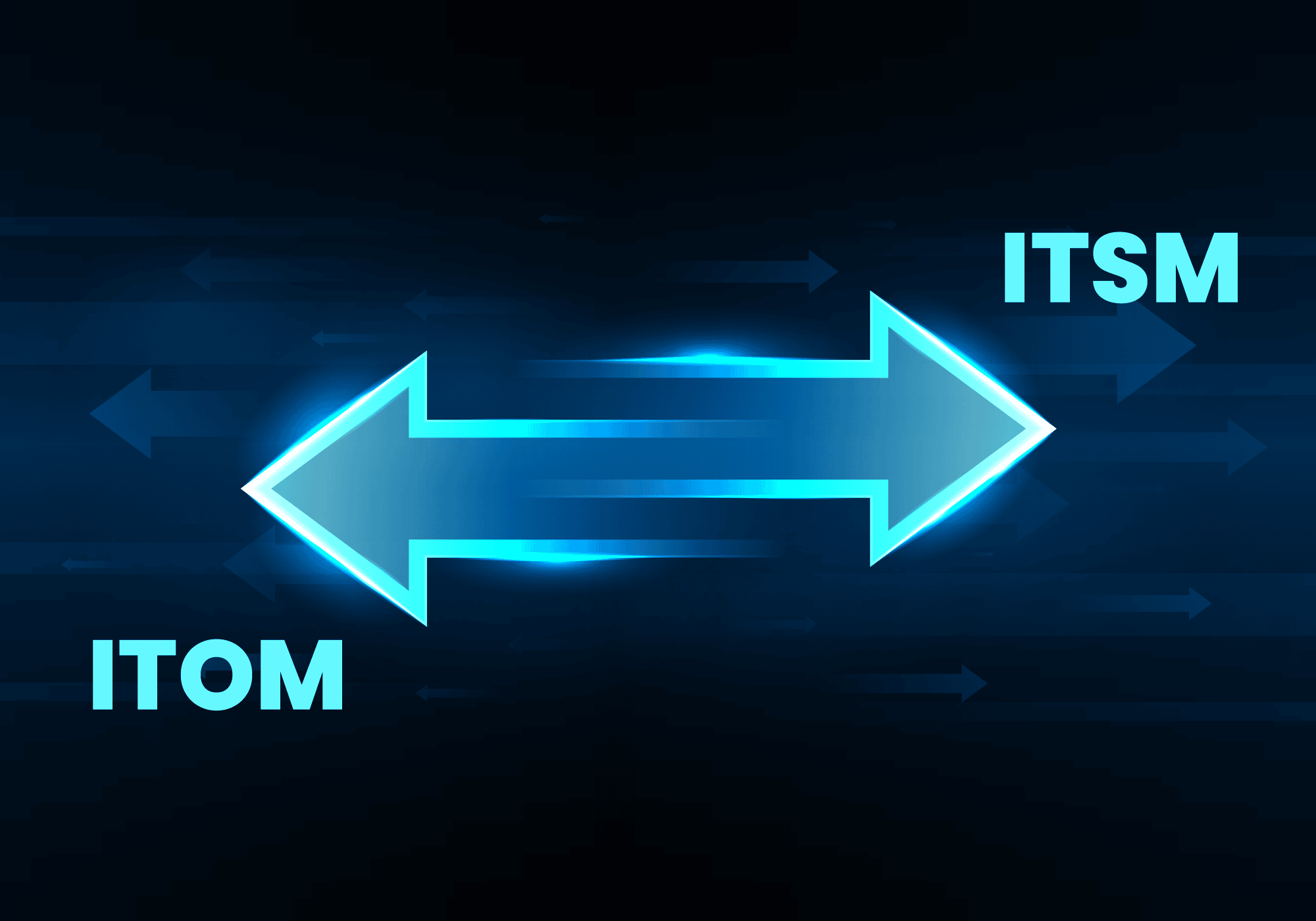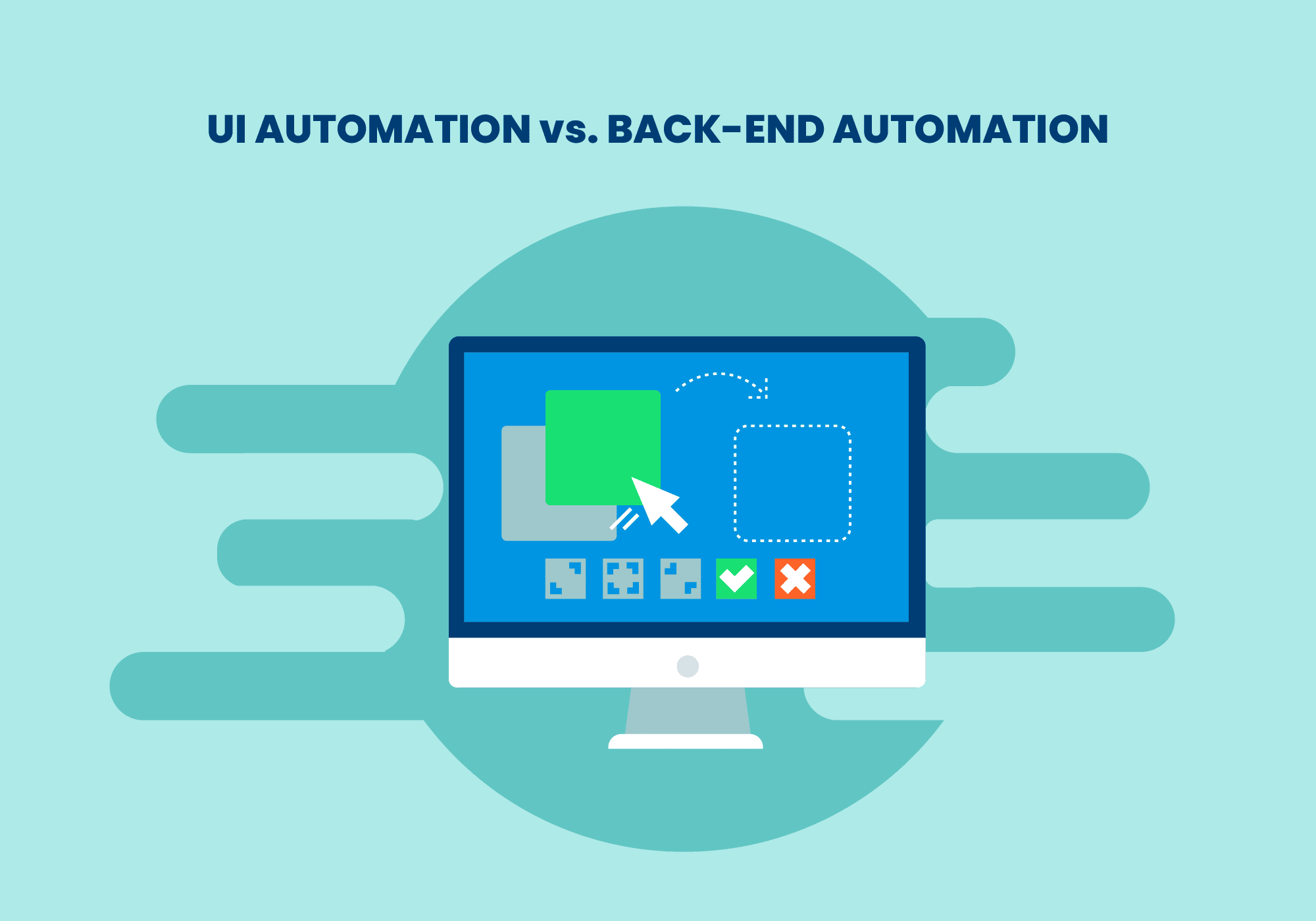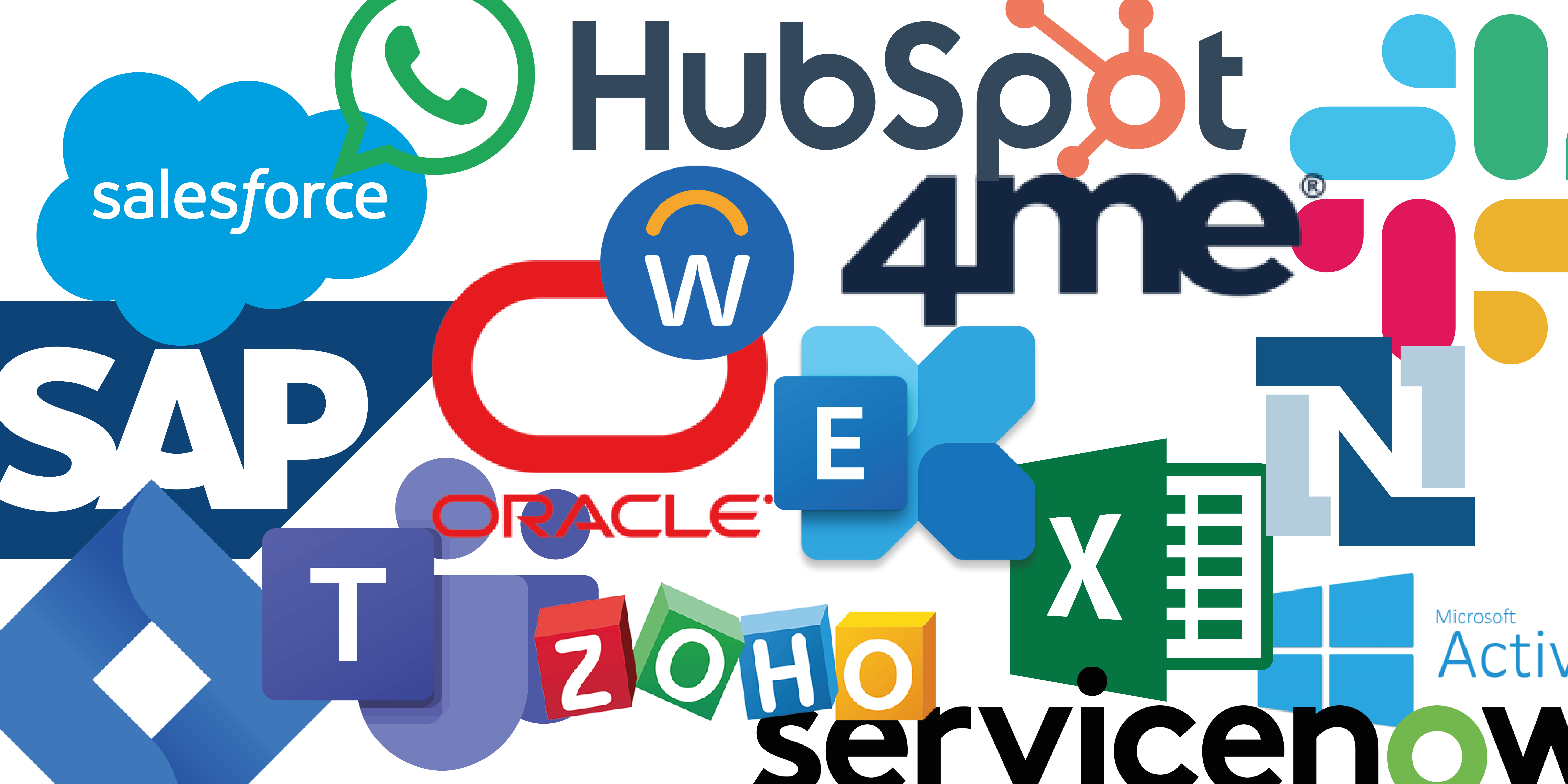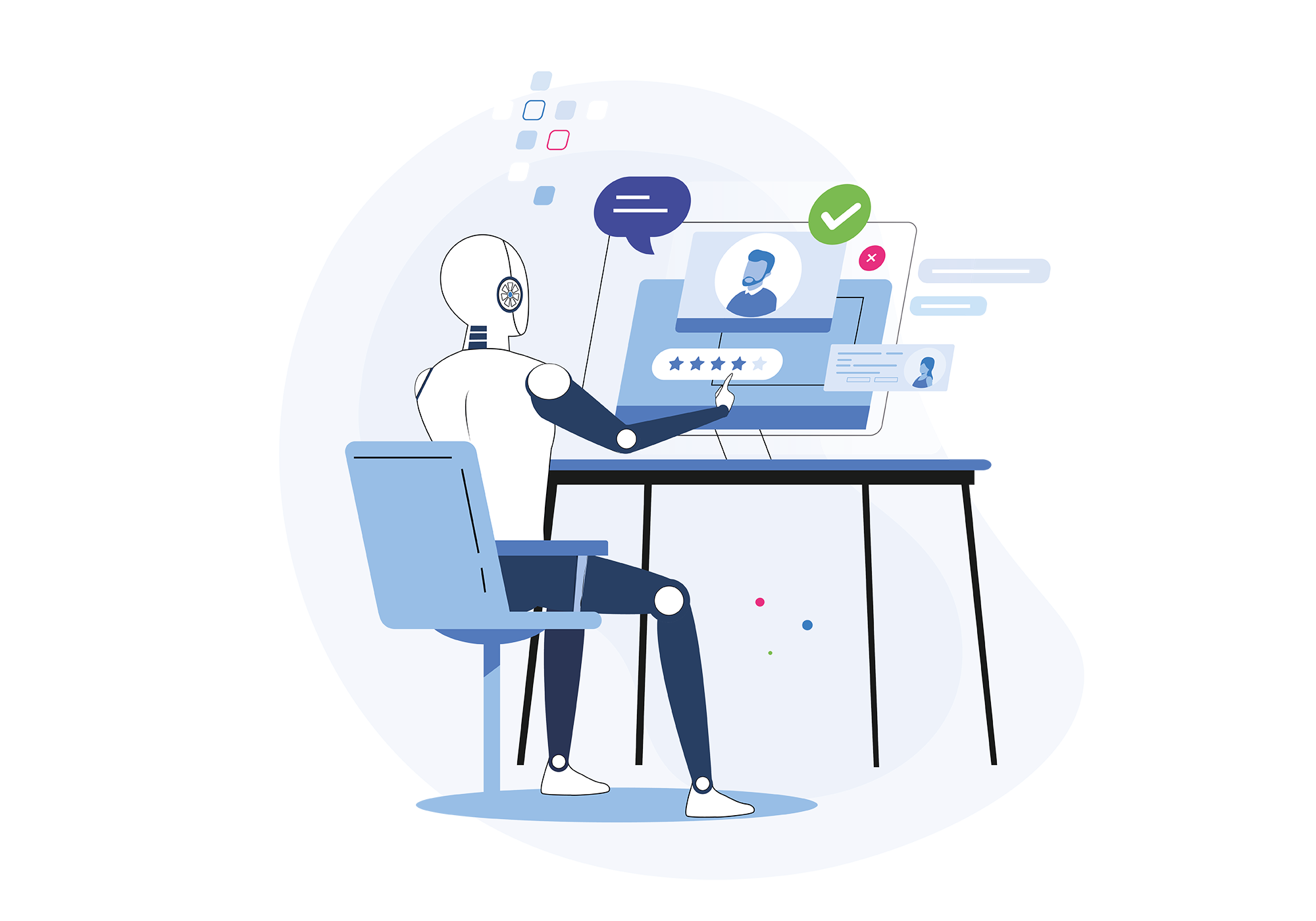The benefits of iPaaS (Integration Platform as a Service) are becoming increasingly evident in the modern digital landscape. With iPaaS, businesses can quickly and efficiently integrate various applications and data sources, streamlining their operations and reducing the costs associated with manual integration. It also allows organisations to quickly and easily access new technologies while providing a secure, reliable platform for data integration.

In today’s digital world, where technology has developed so much, iPaaS technologies have gained rapid growth. As a matter of fact, a study by Gartner has shown that it has become one of the fastest-growing enterprise software technologies in the past decade. iPaaS technology, which has a structure and working logic far beyond traditional integration technologies, comes to the fore in many ways and has started to become more popular day by day. In this article, we have compiled the advantages and disadvantages of using the iPaaS technology for you.
What is an iPaaS (Integration Platform as A Service), and Why Should You Care?
Integration Platform as a Service (iPaaS), the new cloud computing trend, is the general name of a system that connects different cloud-based services, applications, and processes. In today’s technology, where the digital world is developing rapidly, businesses, brands, and individuals use dozens of tools at the same time. At this point, for businesses that receive different services from all of them, PaaS services enable things to progress much more practically and smoothly. iPaaS, which is one of the last points of integration technologies, provides many benefits and advantages to businesses.
What are the Benefits of iPaaS?
iPaaS integration technologies, which emerged as a need thanks to the rapid development of cloud automation software technologies, brought many benefits to businesses. iPaaS benefits can be briefly listed as follows:
1) Faster Value Capture
Among the benefits of iPaaS, the most prominent and the first factor that comes to mind is rapid value acquisition. iPaaS, the integration technology that combines the different resources of business operation processes in a single point and enables them to manage seamlessly, contributes significantly to the DevOps pace, agile implementation, and development cycle.
2) Efficient Integration Results with Few Jobs and Special Skills
Automation technologies such as iPaaS focus on adding value at the software scale without requiring special skills. In this context, users spend very little energy and time and perform many works without requiring special skills. In this way, while increasing productivity, a smooth workflow is also ensured.
3) Advanced Scalable Structure
iPaaS technologies have a scalable structure for developing businesses, regardless of whether they are small or large. In this context, although iPaaS technologies used by a team of 5-10 people and iPaaS technologies used by teams of 50-100 people differ in scope, they essentially continue to operate at the same high efficiency.
4)Low Integration Cost
iPaaS Integration solutions are also a preferred solution due to their low cost. Technologies such as middleware, integration architectures, enterprise bus (ESB), and enterprise application integration have much lower costs than license fees. Low-cost advantages also enable medium and low-sized businesses to benefit from business automation technologies. In multi-tenant resources, creating multiple instances for each user action can cause various problems. However, iPaaS technology allows resources to be shared among tenants, resulting in lower costs, less conflict, and improved speed.
5) Reduced Complexity
With the help of iPaaS, the complexity often encountered in companies’ IT departments is solved. At this point, all iPaaS technology, including the user interface, focuses on making things go more smoothly. Data in the IT environment is managed thanks to integration technology.
6) Data security
The digitalisation of businesses has revealed the concept of big data, and each business has a unique data collection. For this reason, it is very important to manage the data correctly and to ensure its security at the same time. In this context, thanks to iPaaS integrated technology, outsourced data can be easily managed through a single platform, and data security is also ensured. In addition, GDPR compliance becomes easier in the complex data world. Data protection operations are more easily provided under a single platform.
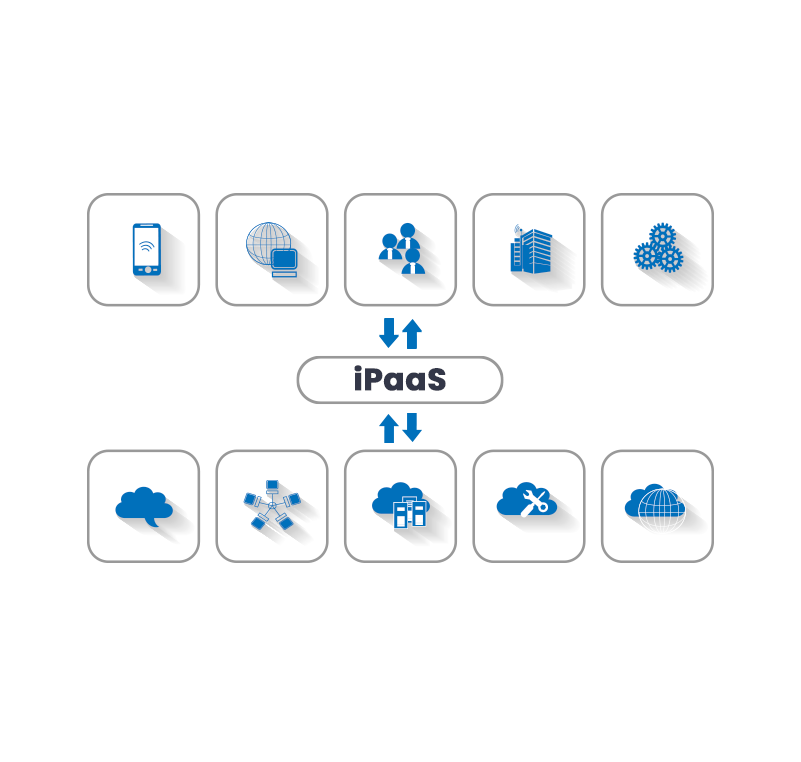
What are the Disadvantages of Using an iPaaS Platform?
The disadvantages of iPaaS, which bring many advantages and benefits, are not without their drawbacks. In this context, some disadvantages of iPaaS technologies, which have some limitations, are as follows:
1) Not everyone may be involved
Although easy to use, iPaaS technologies also require some technical knowledge. Therefore, not every user in your business can use iPaaS technology as efficiently as you do.
2) Workflow automation
Not all iPaaS technologies can automate the workflow. That’s why the iPaaS company you choose is important here.
3) Business communication robots
Some iPaaS technologies may not include business communication robots in the system.
How to Choose Which iPaaS Plan Fits Your Needs Best?
Businesses are now rapidly evolving toward digitalisation in many ways. That’s why he outsources more than one of his needs. Although this ensures that workflows run smoothly, it also brings new requirements, such as the smooth management of these external resources. At this point, although integration technologies come to mind, it is also important that this integration system is integrated with the workflow. The practical and smooth execution of the workflow is not limited to these but choosing iPaaS plans that benefit from artificial intelligence and automation systems allows you to create a seamless workflow.
Autom Mate, which produces seamless workflow technologies for businesses by making use of artificial intelligence and automation technologies, enables businesses to fully meet these needs. Based on Autom Mate’s advanced hyper-automation technologies, the iPaaS plan allows you to manage the workflow in the right way. Privileges that allow you to run many of your workflows smoothly thanks to Autom Mate advanced automation systems:
- AI-powered automation
- Advanced Hyper automation systems
- Integrated technologies
Autom Mate’s advanced iPaaS technology provides many benefits in terms of data security along with many benefits as well as running workflows smoothly. Powerful data mapping is made with the features provided by Autom Mate iPaaS technology. It also provides easy custom connector creation and a robust connector set. At the same time, authentication and access control based on user directories are carried out in Autom Mate iPaaS technology, which provides seamless integration with API management.

